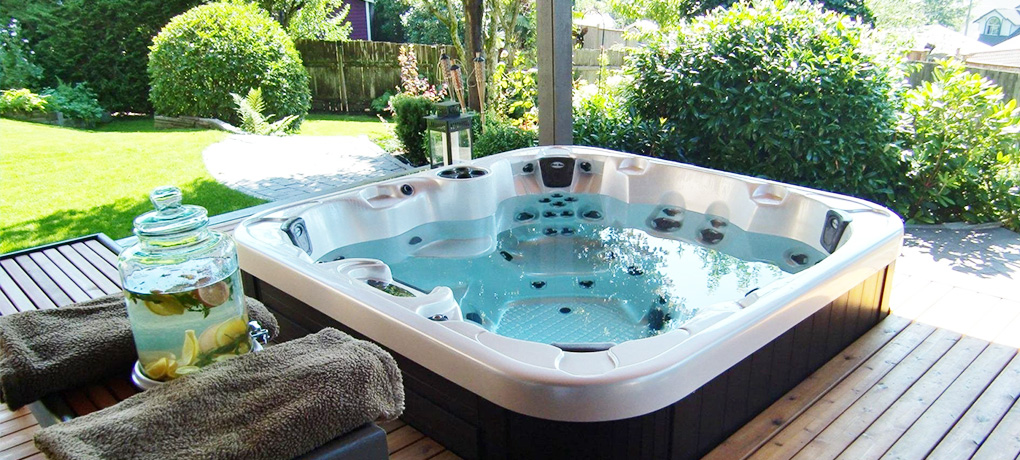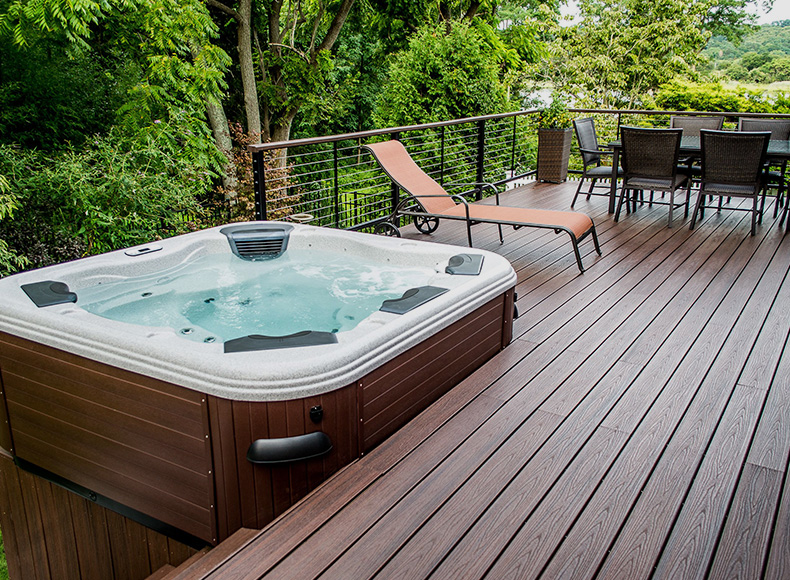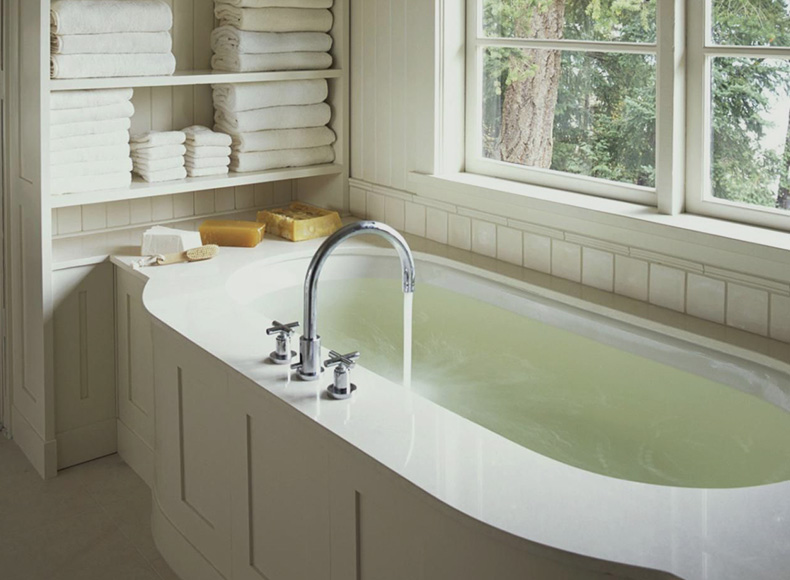Acrylic sheets: The cornerstone and outstanding choice of modern bathtub manufacturing
In the design and creation of bathroom Spaces, the bathtub, as the core focus, its material directly determines the comfort, aesthetics and durability of use. Among various materials, acrylic sheets have stood out and become the preferred material for manufacturing mid-to-high-end bathtubs. It not only redefines the appearance of the bathtub but also enhances its overall performance. This article will delve deeply into the application of acrylic sheets in the bathtub industry and their unparalleled advantages.
liangjing has 20 years making cast acrylic sheets and extruded acrylic sheets.

What is acrylic sheet?
Acrylic, chemically known as polymethyl methacrylate (PMMA), is an important thermoplastic that was developed relatively early. The acrylic sheets used for making bathtubs are usually "acrylic cast sheets", whose structure is like a sandwich: the top layer is a pure acrylic layer about 2-3 millimeters thick, the middle layer is a glass fiber reinforced plastic (FRP) support layer, and the bottom layer is a protective coating. This composite structure perfectly combines the beauty of acrylic with the sturdiness of FRP.
The core advantages of acrylic sheets in the bathtub industry:
1.Unparalleled surface beauty and design flexibility
Glossiness and color: The surface of acrylic inherently has a warm and high-gloss texture like that of ceramic. Its color is not sprayed later but runs through the entire acrylic layer, so the color is uniform, long-lasting and does not fade. It can be dyed in any color from pure white to various bright and colorful ones, meeting the needs of different decoration styles.
Seamless and smooth: Acrylic has excellent thermoforming properties and can be easily shaped into various complex curves, angles and forms after heating. This enables designers to create freestanding, corner, built-in and even highly artistic customized bathtubs, achieving a seamless and integrated smooth appearance, which is hard for cast iron or steel plate bathtubs to reach.
2. Ultimate skin-friendly touch and heat retention
Warm touch: Acrylic is a poor conductor of heat. Compared with metal or fiberglass surfaces, the initial touch of acrylic bathtubs is warmer and will not make people feel cold at the moment of contact. This is crucial for users who pursue a comfortable bathing experience.
Outstanding heat preservation: During the bath, the acrylic material can effectively slow down the cooling rate of hot water, allowing you to enjoy a longer warm water bath without the need to frequently add hot water. This not only enhances the experience but also takes energy conservation into account.
3. Excellent durability and easy repairability
Strength and toughness: Although the surface of pure acrylic is not as hard as cast iron, the overall structure formed by combining it with glass fiber is very strong and flexible, capable of withstanding the impact of daily use without cracking or breaking easily.
Repairability - Core advantage: This is a significant advantage of acrylic bathtubs over hard and brittle materials such as ceramics and cast iron. If surface scratches or wear are accidentally caused, they can be easily repaired by layer-by-layer grinding and polishing to restore their original luster. Even for deeper damages, there are professional repair kits available to handle them. This "renewable" feature greatly extends the service life of the bathtub.
4. Lightweight and high-strength, it is easy to install and transport
An acrylic bathtub of the same size is much lighter than a cast iron bathtub, and even lighter than some steel plate bathtubs. This not only reduces transportation costs but also makes the installation process more convenient in home bathrooms, especially in apartments or renovation projects, and lowers the load-bearing requirements for floor slabs.
5. Smooth and dense, easy to clean and maintain
The surface of acrylic is non-porous and dense without pores, which means that dirt, soap scum and bacteria are difficult to penetrate and adhere to. Daily cleaning and maintenance are very simple. Just wipe it with a soft cloth and a mild detergent (avoid using strong corrosive solvents) to restore its cleanliness. It is less likely to leave water stains and dirt.
6. Safe and environmentally friendly, use with peace of mind
Safety: Acrylic material has excellent insulation properties, and its anti-slip performance after getting wet is better than that of some smooth metal surfaces, reducing the risk of slipping.
Environmental protection: Acrylic itself is non-toxic and radiation-free, and its production process is more energy-efficient than that of cast iron bathtubs (which require high-temperature melting and casting as well as spraying). Its lightweight feature also reduces carbon emissions during transportation.


 English
English Russian
Russian Spanish
Spanish Portuguese
Portuguese Arabic
Arabic German
German


